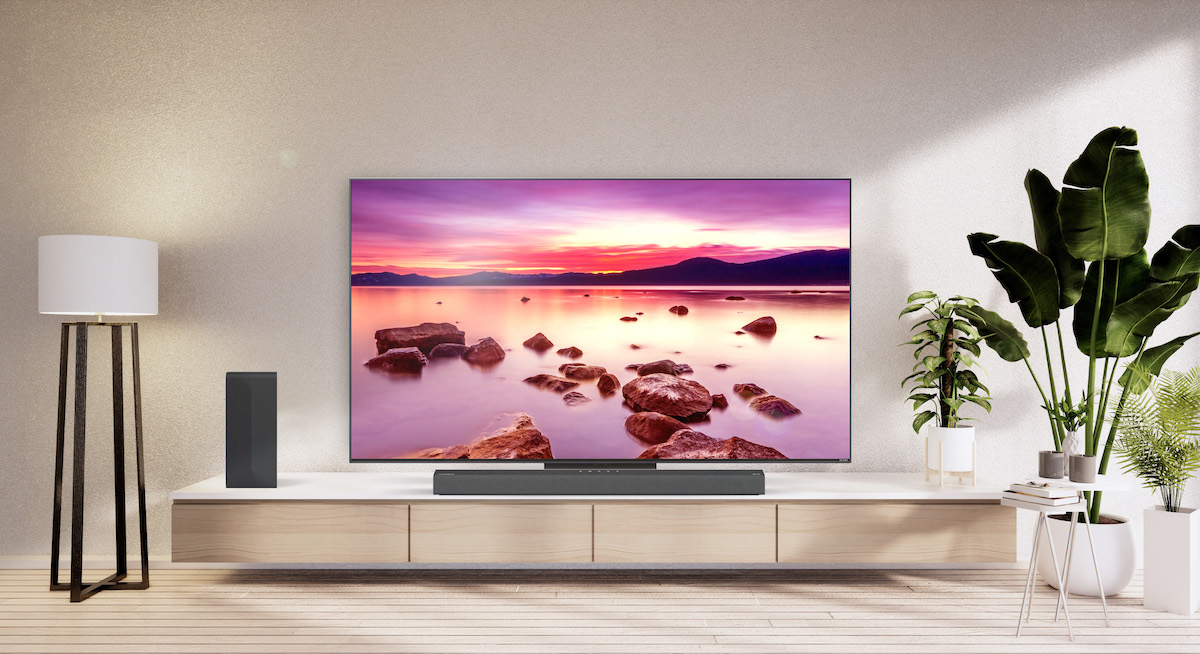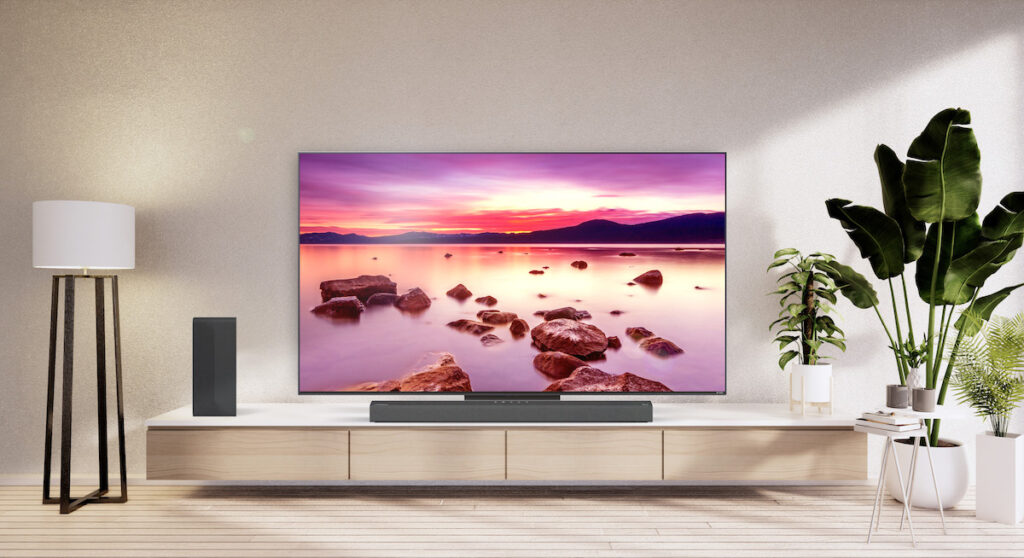LG Nanocell vs QNED (2023): which is better?

What is QNED, and how does it compare to LG’s Nanocell technology?
Luke Hopewell is a gadget veteran of over 10 years. He’s reviewed over 100 TVs in his time, and been to the magic factory where they’re all made. He’s lost more remotes than he’s found, and if you ask him nicely, he’ll tell you how tech companies get tech writers to review TVs.
What is Nanocell?
Nanocell TVs are typical, backlit LED TVs, but with a bit of magic mixed in for better colour vibrancy. By inserting a green filter layer between the panel and the viewer, LG can improve the green and red colour performance of the TV.
This enhanced red and green projection tech makes your TV more vivid compared to a regular LED TV. And according to LG, it makes the Nanocell better for those looking to view the picture at an angle, too.
Nanocell continues to differ from typical LED TVs with a more sophisticated backlight dimming system. Some models in the LG Nanocell range feature Full Array Dimming and Full Array Dimming Pro.
FAD and FALD both allow the panel to go darker in more areas, meaning you get a depth of black that is slightly above average compared to a traditional LED TV.
Nanocell’s big advantage was the price. If you wanted a super-sized TV without a super-sized price. As you’ll see from our pricing article, you were able to get a massive panel on a decent budget.
Does LG still sell Nanocell TVs?
Unfortunately, if you look at LG’s lineup of 2023 TVs, Nanocell is nowhere to be found.
LG told me at this year’s 2023 TV launch that it has replaced all of its Nanocell TVs with the MiniLED-powered QNED TV range.
If you look at the price list, Nanocell is nowhere to be found this year.
You may be able to find some remaining stock in the back of a warehouse somewhere. But LG isn’t making new Nanocell models.
Instead, LG is replacing its Nanocell models with its latest second-generation QNED miniLED TVs.
What is QNED? Is it better than Nanocell?
LG told me recently that QNED is the evolution of Nanocell. The next level up.
It takes everything great about Nanocell and makes it better with the addition of MiniLED. MiniLED tech means a brighter image overall and improved black levels.
After testing last year’s TVs first-hand and recently seeing the 2023 models at a local launch event, QNED is a significant step up from Nanocell in a few ways.
QNED means quantum nano-emitting diode. It takes standard LED tech (light-emitting diode) and makes it way smaller.
It’s still based on the same technology as Nanocell TVs with a backlight shining through the image. But the way the lights and pixels behave give it a significant advantage.
Whereas standard Nanocell/LED TVs have hundreds of little backlights behind the screen, QNED has thousands.
On top of that, QNED TVs also have significantly more dimming zones. A dimming zone is basically the TV’s computer darkening parts of the screen in dimly-lit scenes.
When the TV has greater control over its dimming zones (by creating more of them), you get deeper blacks and less of the “halo” effect where light bleeds into the darker parts of a scene.
Stronger dimming performance creates better black experience and generates the illusion that the pixels are “off” in the same way that OLED panels behave.
Add that with the way Nanocell TVs display greens and reds as described above, and the image quality is a step up in vibrancy and certainly a step up in brightness.
QNED is the OLED you buy when you don’t want to pay OLED prices.
Nanocell vs QNED: which is better?
I tested last year’s LG QNED TV range, as well as the Nanocell range, and found that the brightness and colour vibrancy of QNED is significantly better than Nanocell.
The picture on a QNED panel looks whiter and brighter, with richer blacks thanks to better local dimming.
Compared to the same image on a Nanocell panel playing simultaneously side-by-side, the colours look slightly more yellow and the “halo” effect where light bleeds into the dark is far more pronounced.
However, neither panel can perform in the same way as OLED does when it comes to reproducing colours and especially blacks.
And in 2023, LG has more advanced OLED models than ever. It’s a significant step up.
But ultimately, you’re meant to compare the QNED TVs to the Nanocell TVs, rather than QNED vs OLED.
How much is LG QNED?
While it’s sad you won’t be able to pick up a Nanocell anymore, you can get a great deal on a new QNED.
The new models start from $1099 for a 43-inch panel. You can get a 43-inch, 50-inch, 55-inch, 65-inch, 75-inch and 86-inch QNED TV as part of the 2023 range.
The prices are below:
|
Type |
Model |
Price |
Release Date |
|
QNED86 |
86QNED86SRA |
$5,999 |
July 2023 |
|
75QNED86SRA |
$4,499 |
July 2023 |
|
|
65QNED86SRA |
$3,499 |
July 2023 |
|
|
QNED81 |
86QNED81 |
$4,999 |
April 2023 |
|
75QNED81 |
$3,499 |
April 2023 |
|
|
65QNED81 |
$2,499 |
April 2023 |
|
|
55QNED81 |
$1,999 |
April 2023 |
|
|
QNED75 |
75QNED75 |
$2,499 |
July 2023 |
|
65QNED75 |
$1,899 |
July 2023 |
|
|
55QNED75 |
$1,499 |
July 2023 |
|
|
50QNED75 |
$1,299 |
July 2023 |
|
|
43QNED75 |
$1,099 |
July 2023 |
Read more
Check out my review of last year’s LG QNED TV to learn more about what makes it great. We’ll have an update to share in the next month.
Luke Hopewell is the editor and co-founder of Redaktör. He's previously been the Editor of Gizmodo, Founding Editor of Business Insider Australia, Editorial Lead for Twitter Australia and more.




